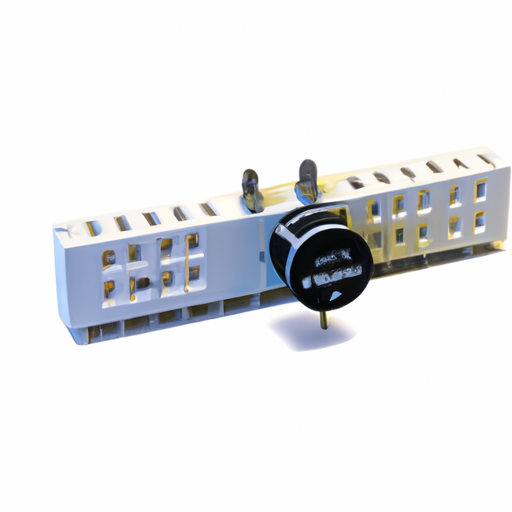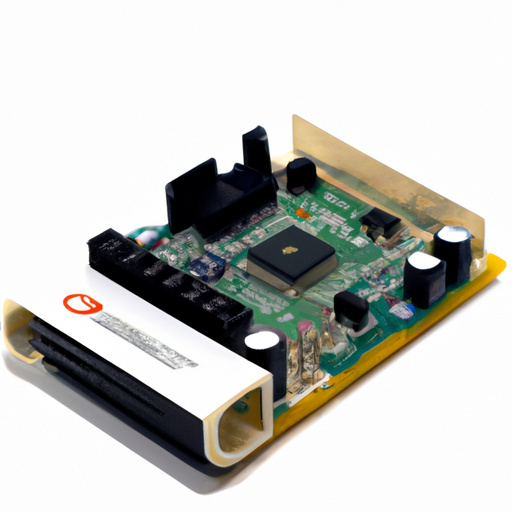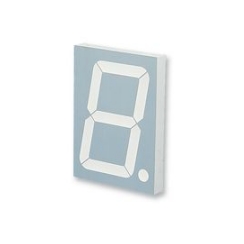1N5241B-T Hot Swap Controllers highlighting the core functional technology articles and application development cases of Hot Swap Controllers that are effective.
Hot Swap Controllers: Core Functional Technology and Application Development
Introduction to Hot Swap Controllers
Hot swap controllers are critical components in contemporary electronic systems, enabling the safe insertion and removal of circuit boards or components without disrupting the power supply. This functionality is vital in applications where continuous operation is paramount, such as telecommunications, data centers, and industrial automation.
Core Functional Technology of Hot Swap Controllers
1. Power Management: Hot swap controllers regulate the power supply to the device being inserted or removed. They ensure that power is applied gradually to mitigate inrush current, which can potentially damage sensitive components.
2. Voltage Monitoring: These controllers continuously monitor voltage levels to maintain safe operating conditions during the hot swap process. They can detect over-voltage and under-voltage situations, providing necessary feedback to the system.
3. Current Limiting: Many hot swap controllers incorporate current limiting features to protect the system from excessive current draw during the insertion of a new component, thereby preventing damage to both the controller and the load.
4. Fault Protection: Built-in fault protection mechanisms, such as thermal shutdown and short-circuit protection, are common in hot swap controllers. These features safeguard both the controller and the connected load from potential damage.
5. Status Indication: Hot swap controllers typically offer status outputs that indicate the health of the connection, such as whether the device is properly seated or if a fault has occurred, allowing for quick diagnostics.
6. Control Logic: These controllers include sophisticated control logic that manages the sequence of events during the hot swap process, ensuring that power is applied and removed in a controlled and safe manner.
Application Development Cases
1. Telecommunications Equipment: In telecom systems, hot swap controllers enable the replacement of line cards without interrupting service. This capability is essential for maintaining uptime in communication networks, allowing for seamless upgrades and repairs.
2. Data Centers: Hot swap controllers are extensively used in server power supplies and storage systems. They facilitate the replacement of power modules or drives without shutting down the entire system, thereby enhancing reliability and serviceability in data center operations.
3. Industrial Automation: In industrial environments, hot swap controllers support the maintenance of control systems and sensors. This allows for quick repairs and upgrades without halting production processes, thus improving operational efficiency.
4. Consumer Electronics: High-end consumer electronics, such as gaming consoles and high-performance PCs, utilize hot swap technology to enable users to replace components like graphics cards or storage drives without powering down the system, enhancing user experience and convenience.
5. Medical Devices: In medical equipment, hot swap controllers ensure that critical devices can be serviced without interrupting patient care. This is particularly crucial in life-support systems, where downtime can have serious consequences for patient safety.
Conclusion
Hot swap controllers, such as the 1N5241B-T, are integral to enhancing the reliability and maintainability of electronic systems across various industries. Their core functionalities—power management, voltage monitoring, current limiting, fault protection, status indication, and control logic—make them indispensable in applications where uptime is critical. As technology continues to advance, the demand for effective hot swap solutions will only grow, driving further innovation in this field.
For engineers and developers, a thorough understanding of the capabilities and applications of hot swap controllers is essential for designing robust systems that meet the evolving demands of modern technology. By leveraging these controllers, developers can create systems that not only perform reliably but also offer enhanced serviceability and uptime, ultimately leading to improved user satisfaction and operational efficiency.







